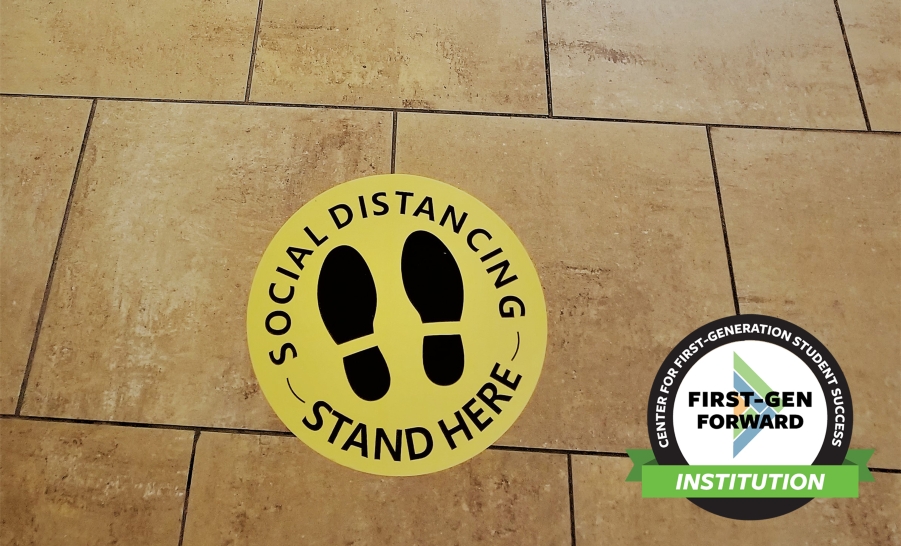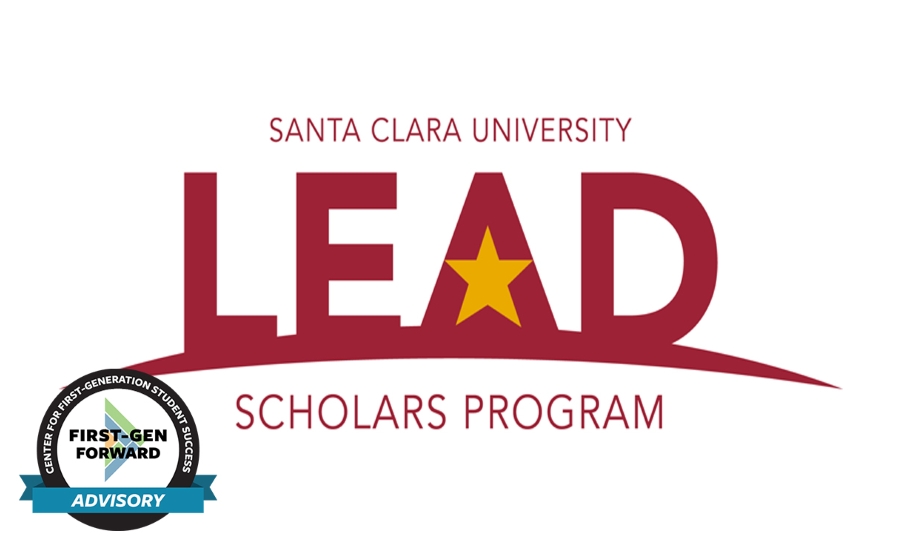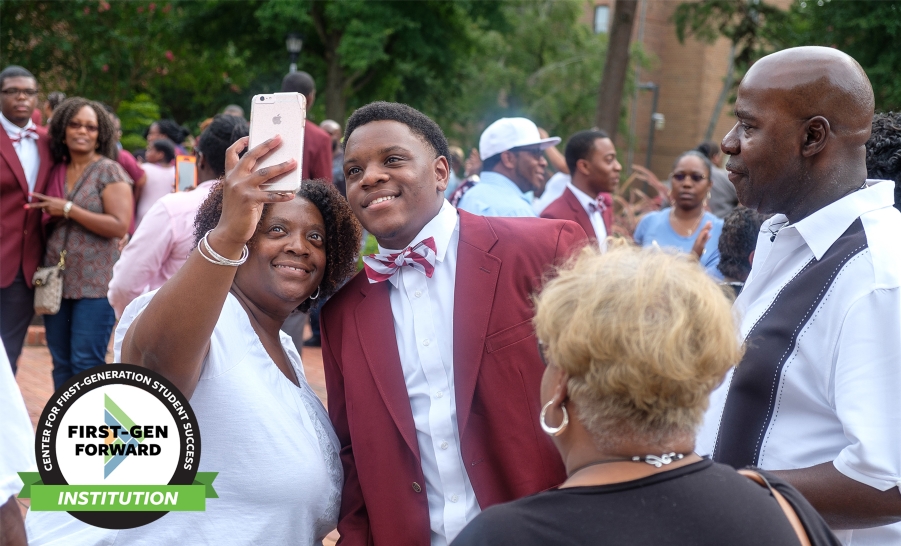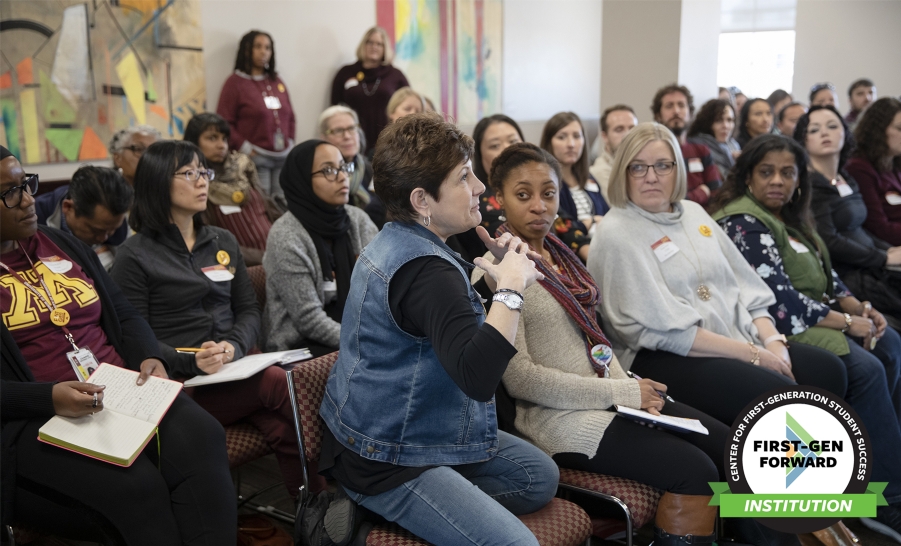The Creative Failure Academy
Colin Stewart & Robert D. Kelly, / NASPA / April 14, 2020

Any higher education leader who has ever attempted to be innovative or create something new on their campus knows most of those stories start and end with significant resistance, bureaucratic roadblocks, and/or heartbreak. Even the most courageous and bold ideas can be scrapped, fail to launch, or be shelved. We have been fortunate in our careers to have created new, innovative programs, developed amazing students and staff, forged new creative services, and built new facilities all with the goal of significantly improving student success. Unfortunately, this has not been easy.
We have endured much frustration and failure. There were some instances where we needed more context, should have known what environmental factors were impacting decisions, or had a stronger understanding of the identity of the institution or department. In other cases, there were ambiguous political nuances, an unwillingness to embrace diverse and inclusive practices, budget deficits, institutional barriers, issues with senior leadership, challenging team dynamics, or strained relationships.
Innovative Inclusion
Higher education emphasizes the importance of diversity, equity, and inclusion. Yet, we see that even with the rise in historically underrepresented students, colleges and universities are still struggling to meet the unique needs of all their students. Furthermore, campuses have also struggled to hire and retain diverse faculty and staff. While the values of higher education would suggest a holistic community that would embrace diversity, equity, and inclusion, the practice and data we have seen show significant opportunity for growth. We just have to be willing to creatively and innovatively respond to equity issues, but most don’t feel like they can be innovative or creative. This calls for creative and innovative leadership.
Now more than ever, higher education needs qualified leaders who are equipped with the requisite skills to usher in change.
Failing Forward
Higher education emphasizes the importance of assessment and evaluation. Yet, we often question how we are approaching this practice. Assessment should be inclusive of models that embrace trial and error, experimentation, and failure. Yes, we said it again, failure. Yet, very few cultures encourage a process of failure, or if we see failure, there is an over-reactive response that usually results in programs or resources getting cut. Very few of our colleagues love to brag about the assessment data that shines a light on something that is not going well, but these data can change everything. The culture of higher education just has to be willing to creatively and innovatively respond to the newfound challenges we are facing, but most don’t feel like they can be creative. This also calls for creative and innovative leadership.
Expecting X Factors
Those who are willing to embrace innovation and creativity must understand there will be uncertainty and unknown “X factors”—those unforeseen issues that even the most futuristic thinkers could not have anticipated. For instance, many of us may have been getting ready to launch new programs, comprehensive campaigns, strategic plans, global initiatives, and partnerships. But since the impacts of COVID-19, all of our institutions are reacting to more than just the cancellation of a program, campaign, or initiative. We have had to completely reformat the entire system within a matter of days. This calls for disruptive transformation and becoming a creative and innovative leader.
Deciding on Disruption
Because many colleges and universities struggle with assessment, diversity, change, innovation, and creativity (and individuals don’t feel like they are creative), a seismic shift needs to occur. There is a need for more than just maker spaces, chasing trends, innovation days, or small grants devoted to creative change. There is a need for disruptive transformation of the entire campus to respond to these pressing issues. We cannot afford just one person, one department, or one division being innovative or creative. We need everyone working together to turn the tide. We need senior leaders, faculty, staff, students, and community members all reimagining our work to better serve students.
Creative and innovative leadership is something that can be learned, practiced, and achieved. Our new publication, Disruptive Transformation: Leading Creative and Innovative Teams in Higher Education, provides strategies, examples, and resources to help college and university leaders unlock their inner creativity. Now more than ever, higher education needs qualified leaders who are equipped with the requisite skills to usher in change.





